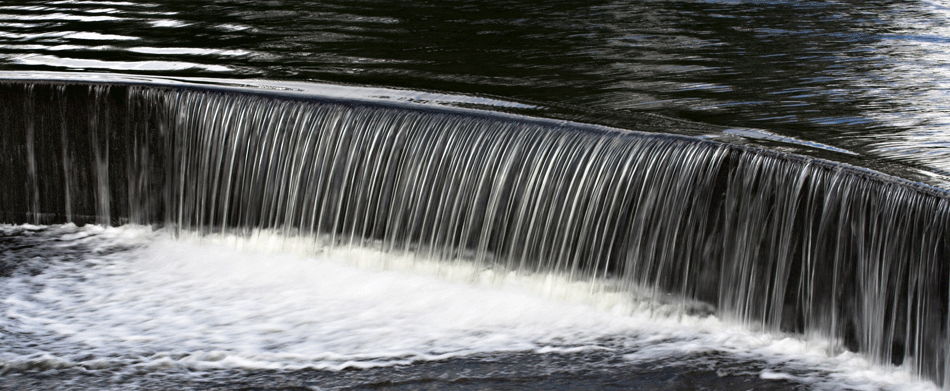
Once upon a time, we thought we could conquer nature. It was a brutal force the new arrivals to Canada had to endure. They had significant help from Indigenous peoples, who were here long before, and had a wealth of knowledge and experience not only adapting, but thriving in harmony with the environment.
When the settlers came to this land, they also brought with them their ideas of progress. They saw fast flowing rivers and in many communities around our watershed, set up mills at the rivers edge. Dams became a requirement for the new operations and way of life. In more recent history, dam-building continued to assist with controlling river flows in predictable ways – mostly for electricity generation or flood protection. We also centered communities around them. We enjoyed the views, the paddles, the memories.
Fast forward to 2021. We’ve learned so much. We’ve impacted the world in near-irreparable ways since thinking we could tame nature. Now so many of the dams that put European place names on a map, are doing us a disservice. Though these are cherished features of our communities, it is incumbent on us to see them clearly for all that they are.
Residents often appreciate a beautiful man-made reservoir, pond, or lake, and who can blame them? Open water vistas are indeed stunning. Recreation on these spaces allows us to get up close to nature. So, what could be so bad? Anyone who casts a line, appreciates wildlife, understands engineering dynamics, or calculates depreciation costs will be able to tell you.
The harms of dams are numerous. They block sediment from flowing through the system out to lakes, including Lake Simcoe. The accumulated sediment impacts the ecosystem above and below the dam, but also puts increasing pressure on the dams themselves. It is a human-made structure after all, deteriorating from the moment it was built.

Dams block the passage of fish. Species like Brook Trout can’t get past these barriers and are cut off from historical areas where they would have laid their eggs and expanded their families. Dams slow down water, warming it up and reducing oxygen, which is detrimental to many species that require cool, oxygen rich flows for their survival. And with a climate crisis defining the challenges to our future, large dams can emit detrimental carbon whereas healthy river systems help store it.
We live with the impacts of climate change and the erratic weather (intense rain and snowstorms, yo-yo freeze and thaw cycles) that we now experience. Dams were never engineered to withstand these new pressures. Their ongoing maintenance is costly and the risk of failure, if not maintained at great expense, has the potential to disrupt property and even cost lives. Should we really be using our resources to maintain and extend their longevity, largely because of their historical legacy?
As Conservation Authorities, it is our mandated priority to protect the lives of watershed residents from the hazards associated with flooding and extreme events. Using our science-based approach, we are well positioned to understand the need for, and the demise of, dams in our midst. It’s why we regulate development in areas such as floodplains. To protect you, to protect how a larger system operates. It’s why we have taken steps to bypass dams on land we own like at Scanlon Creek or Pangman Springs Conservation Areas. It’s why we fund similar restoration efforts for private landowners.
Change is rarely easy, but a necessary part of discovery and doing things better. Instead of lost vistas, more abundant and diverse wildlife will visit and reside in a healthy river system. Loss of recreation? New solutions around river-based amenities and fun are possible. Saying goodbye, to memories or past ways of seeing the world, means saying hello to a healthier future for all.
Endless Possibilities. River restoration projects can include community amenities and attractions.

Contact Customer Service:
Phone: 905-895-1281
Toll Free: 1-800-465-0437
Email: info@LSRCA.on.ca
